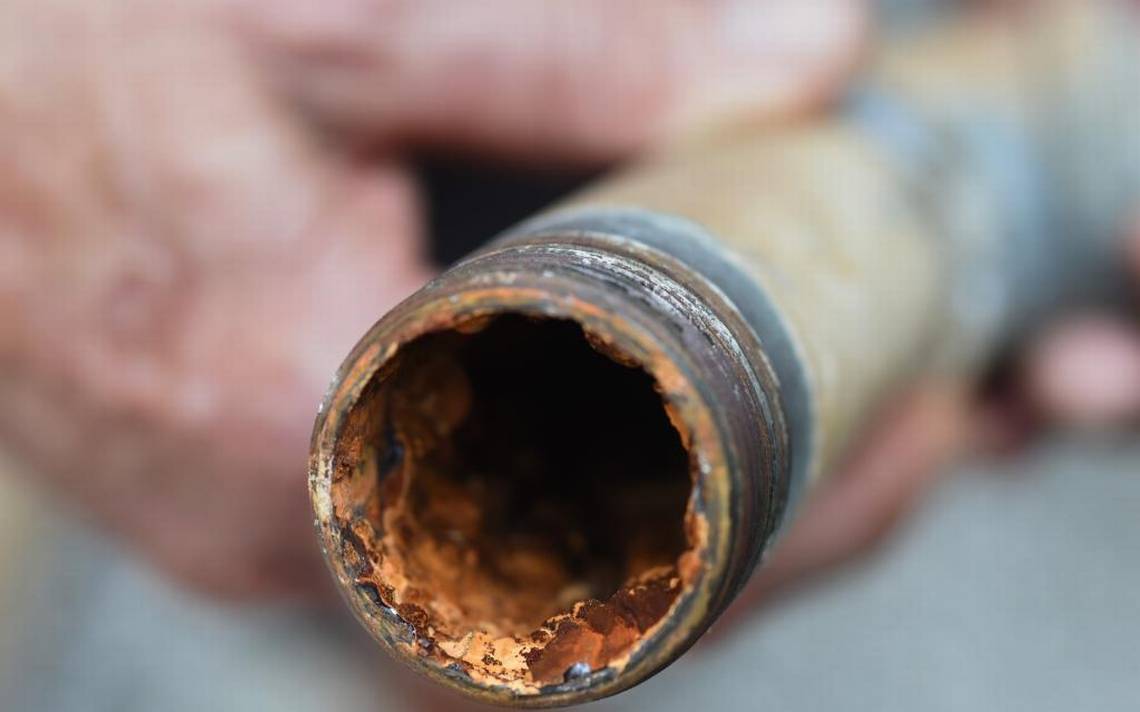Cast iron plumbing has been a staple in the construction industry for centuries, offering a durable and reliable solution for carrying water and waste. From its humble beginnings to its modern applications, cast iron plumbing has a rich history and a range of benefits and challenges.
Introduction to Cast Iron Plumbing
Cast Iron Plumbing refers to a system of pipes, fittings, and fixtures made from cast iron, a material known for its strength and durability. It has been used for centuries in plumbing systems due to its ability to withstand high pressure and corrosion.
History and Evolution of Cast Iron Plumbing
Cast iron plumbing has been used since ancient times, with evidence of its use dating back to the Roman Empire. The use of cast iron pipes became more widespread in the 19th century with the advent of industrialization. Today, cast iron plumbing is still used in many older homes and buildings, though it has largely been replaced by modern materials in new construction.
Advantages of Cast Iron Plumbing
One of the main advantages of cast iron plumbing is its durability. Cast iron pipes can last for decades without needing to be replaced, making them a cost-effective option in the long run. Additionally, cast iron pipes are resistant to fire and can help prevent the spread of flames in the event of a fire.
Disadvantages of Cast Iron Plumbing
Despite its durability, cast iron plumbing does have some drawbacks. One of the main disadvantages is its weight. Cast iron pipes can be heavy and difficult to install, especially in older homes where the plumbing may need to be replaced. Additionally, cast iron pipes can rust over time, leading to leaks and other issues.
Maintenance and Care of Cast Iron Plumbing
To maintain cast iron plumbing, it is important to regularly inspect the pipes for signs of corrosion or damage. Additionally, keeping the pipes clean and free of debris can help prevent clogs and other issues. If a problem does arise, it is important to address it promptly to prevent further damage to the plumbing system.
Common Issues with Cast Iron Plumbing
Some common issues with cast iron plumbing include corrosion, leaks, and clogs. These issues can be caused by a variety of factors, including age, improper installation, and damage to the pipes. It is important to address these issues promptly to prevent further damage to the plumbing system.
Corrosion
Over time, cast iron pipes can corrode, leading to the formation of rust and eventual deterioration of the pipe material. Corrosion can result in leaks, reduced water flow, and water damage to surrounding areas.
Cracks and Breaks
Cast iron pipes can develop cracks or breaks due to age, shifting soil, or external impact. These issues can lead to leaks and water damage if not addressed promptly.
Blockages
Cast iron pipes can become blocked or clogged with debris, sediment, or mineral deposits over time. Blockages can cause slow drainage, backups, and other plumbing problems.
Joint Leaks
The joints between cast iron pipes can deteriorate or become loose over time, leading to leaks. Joint leaks can occur due to corrosion, poor installation, or shifting of the pipe.
Bellied Pipes
Bellied pipes occur when a section of the cast iron pipe sinks or shifts, creating a low spot where water and waste can accumulate. This can lead to blockages and backups in the affected area.
Root Infiltration
Tree roots can infiltrate and grow into cast iron pipes through small cracks or joints, causing blockages and damage to the pipe.
Scale Buildup
Scale buildup, caused by mineral deposits in the water, can accumulate inside cast iron pipes over time. This can restrict water flow and lead to corrosion and other issues.
Wear and Tear
Like all plumbing materials, cast iron pipes can experience general wear and tear over time, leading to deterioration and the need for repairs or replacement.
Upgrading from Cast Iron Plumbing
If you are considering upgrading from cast iron plumbing, there are a few options to consider. One option is to replace the cast iron pipes with modern materials, such as PVC or copper. Another option is to reline the existing cast iron pipes with a special epoxy lining, which can help extend their lifespan.
Cost of Cast Iron Plumbing
The cost of cast iron plumbing can vary depending on a variety of factors, including the size of the project and the quality of the materials used. In general, cast iron plumbing is more expensive than modern materials, such as PVC or copper. However, it is important to consider the long-term durability and reliability of cast iron plumbing when making a decision.
Environmental Impact of Cast Iron Plumbing
Cast iron plumbing has a relatively low environmental impact compared to other materials. Cast iron is a recyclable material, meaning that old pipes can be melted down and reused to make new pipes. Additionally, cast iron pipes have a long lifespan, reducing the need for frequent replacements and the associated environmental impact.
Conclusion
Cast iron plumbing is a durable and reliable solution for carrying water and waste in homes and buildings. While it does have some drawbacks, such as its weight and tendency to rust, cast iron plumbing remains a popular choice for many homeowners due to its longevity and fire resistance.
